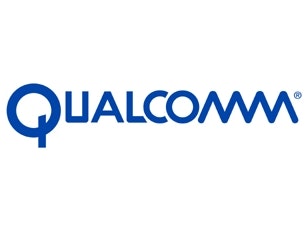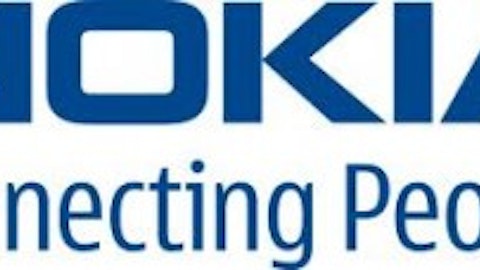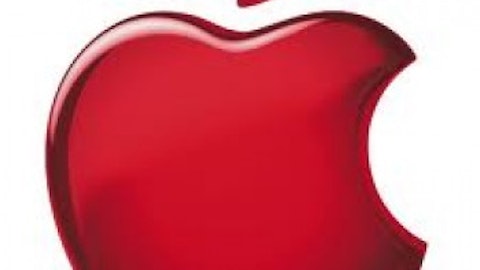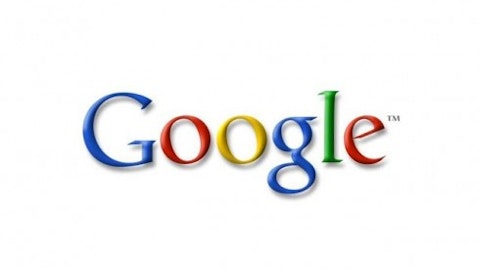Investors haven’t been impressed with the new smartwatches released by SAMSUNG ELECT LTD(F) (OTCMKTS:SSNLF) and QUALCOMM, Inc. (NASDAQ:QCOM) recently.

Why are all of these companies are fighting tooth and nail over $370 million in possible sales of smartwatches? Samsung generated $187.85 billion in revenue last year. QUALCOMM, Inc. (NASDAQ:QCOM) nreported $19.12 billion in sales and Sony Corporation (ADR) (NYSE:SNE) brought in $72.35 billion. Why are these companies so intent on dividing up such a narrow slice of the market?
The answer lies in the future. The same report from ABI Research claims that the smartwatch market could grow twenty-fold by 2015 if current products take off.
The desperation factor
After years of explosive top and bottom line growth, Apple Inc. (NASDAQ:AAPL) and Samsung are reporting slower growth as investors wonder if there will ever be another iPhone, iPad, or Galaxy S to boost sales over the next decade.
For Apple Inc. (NASDAQ:AAPL), growing after the loss of its iconic founder Steve Jobs has been tough. Instead of offering new products, CEO Tim Cook has played Wall Street’s game of stock buybacks, dividends, and acquisitions. Instead of new products, Cook released refreshes and variants of its core iPhone and iPad lines, which together accounted for over three-fourths of the company’s 2012 revenue. Therefore, the media has constantly speculated what Apple Inc. (NASDAQ:AAPL)’s next great product will be — a smartwatch, a smart TV, or something completely different.
Samsung hasn’t fared much better, and has been far less focused than Apple Inc. (NASDAQ:AAPL). Samsung released a series of Internet enabled smart televisions in a pre-emptive strike against an Apple smart TV that never arrived. It tried to pre-empt Nokia‘s Lumia 1020’s massive 41-megapixel camera with the bizarre 16-megapixel Galaxy S4 Zoom, a phone that resembles a digital camera more than a phone. It rolled out a new, bigger phablet, the 5.7-inch Galaxy Note 3, to address the demand for bigger smartphones.
Galaxy Gear — a byproduct of desperation
That brings us to Samsung’s Galaxy Gear, the blocky smartwatch that Samsung revealed on September 4 in Berlin. Like existing smartwatches, the Gear can receive mobile notifications and control music playback, but it also includes a 1.9-megapixel camera, a speaker, and microphones — which makes it a wearable camera as well.
Source: Samsungmobilepress.com
However, the Galaxy Gear was criticized for two reasons — its hefty price tag of $299 and its exclusive compatibility with Samsung Galaxy mobile devices. These two factors severely limit its appeal in comparison to cheaper products, like the $150 Pebble, which is compatible with both Android and iOS devices.
QUALCOMM Toq — innovation over desperation
QUALCOMM, Inc. (NASDAQ:QCOM)’s new Toq smartwatch, on the other hand, also costs $300, but the world’s largest manufacturer of wireless chips isn’t counting on it to become a best-selling device. In fact, QUALCOMM, Inc. (NASDAQ:QCOM) only expects to make “tens of thousands” of units.
Source: Qualcomm.com
Although the Toq has similar features to the Galaxy Gear, the Toq lacks a camera and runs on a slower 200MHz processor compared to the Gear’s 800 Mhz one. The Toq is compatible with all current generation Android devices.
However, the Toq is an exercise in innovation rather than desperation for the company.
The Toq’s key feature is its Mirasol screen, a new display technology developed by QUALCOMM, Inc. (NASDAQ:QCOM) which creates color from ambient light — sipping only a fraction of the power of traditional LCD displays. The Gear, by comparison, uses the same AMOLED display used in its newer Galaxy devices.
Simply put, the Toq is a prototype showcase piece. Many investors are overlooking Qualcomm’s intended target: the health care enterprise industry. Qualcomm has more ambitious plans than Samsung, Apple Inc. (NASDAQ:AAPL), or Sony Corporation (ADR) (NYSE:SNE) — it intends to sow the seeds for a new generation of cloud-connected products that could revolutionize health care and other industries.
In 2011, Qualcomm and the X-Prize foundation announced a $10 million competition to create a working version of Star Trek‘s medical tricorder from existing mobile technologies. Last month, Qualcomm partnered with Palomar Health to create Glassomics, an idea incubator to explore the possible applications of wearable technology in health care.
Therefore, the Toq’s lower-powered display and Android capability could actually be aimed at that audience, and not mainstream consumers. It might just be a way to gain some free publicity for Qualcomm’s other wearable tech efforts.
A Foolish final thought
In the end, however, it’s Sony Corporation (ADR) (NYSE:SNE) that must go back to the drawing board after Samsung’s Galaxy Gear hits the markets. Sony Corporation (ADR) (NYSE:SNE)’s SmartWatch 2, which had already been met with mixed reviews, costs $262 and lacks the Gear’s camera and mobile sensors. Therefore, Sony Corporation (ADR) (NYSE:SNE) must either sell the SmartWatch 2 at a steep discount or to discontinue it if it wants to stay in the smartwatch race.
I believe that these current watches will not be game-changers in the mobile industry. New tech has to arrive at the right time — look at the evolution of MP3 players and tablets for a recent example — to be successful. There must be a perfect balance of price, power, and design that appeals to the masses — the balance that Steve Jobs mastered in his final years.
That time has not yet arrived for smartwatches, and in the end, it might just be Apple’s delayed release that arrives at just the right time.
The article Tales of Desperation and Innovation in Smartwatch Land originally appeared on Fool.com and is written by Leo Sun.
Leo Sun owns shares of Apple. The Motley Fool recommends Apple. The Motley Fool owns shares of Apple and Qualcomm.
Copyright © 1995 – 2013 The Motley Fool, LLC. All rights reserved. The Motley Fool has a disclosure policy.




